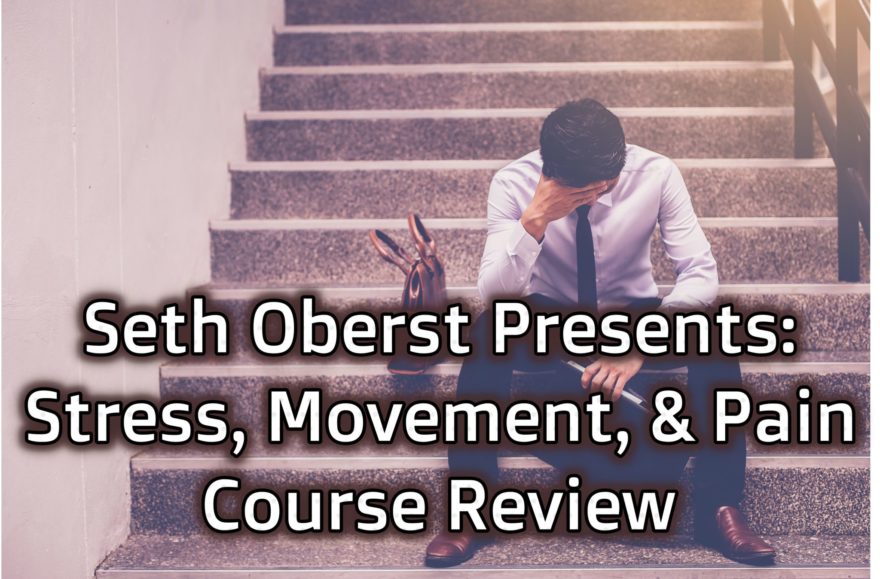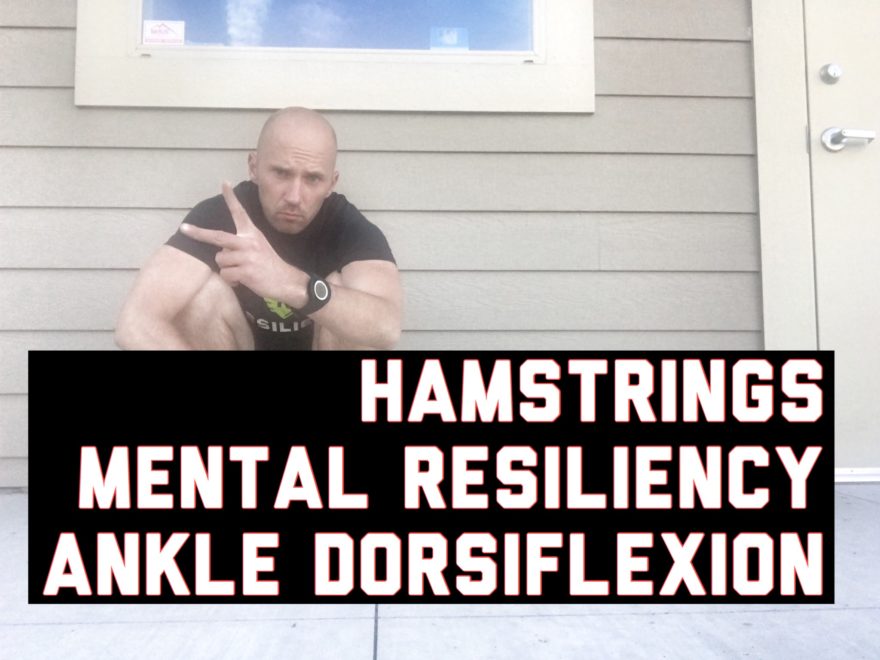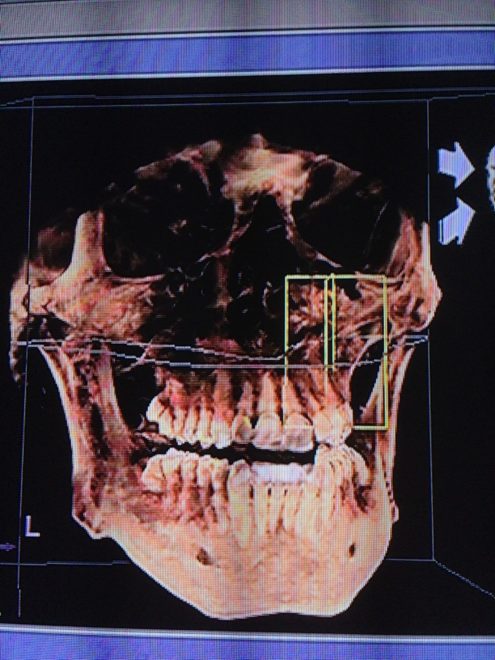Tag: autonomic

Seth Oberst’s Stress, Movement, and Pain Course Review
Do you work with people who are stressed? Dumb question, right? Who isn’t stressed today? In fact, stress levels are…

Hamstrings, Mental Resiliency, and Ankle Dorsiflexion – Movement Debrief Episode 47
Movement Debrief Episode 47 is in the books. Below is a copy of the video for your viewing pleasure, and…
Course Notes: PRI Postural Visual Integration: The 2nd Viewing
Would You Look at That It was a little over a year ago that I took PRI vision and was…
Course Notes: Cantrell’s Impingement and Instability, 2015 Edition
Third Time’s a Charm A trip home and hearing Mike Cantrell preach the good PRI word? I was sold. Impingement…
Course Notes: PRI Cervical Revolution REMIX
Note: I made some errors on the first rendition of this blog that were corrected after speaking with Eric Oetter.…
Course Notes: PRI Interdisciplinary Integration 2015
A Stellar Symposium Back in April I had the pleasure of finally attending PRI’s annual symposium, and what an excellent…
The Road to an Alternating and Reciprocal Warrior: You down with ENT?
This spans an entire treatment over a year’s time. Here’s part 1 Part 2 Part 3 Part 4 “Yeah…

Course Notes: Pelvis Restoration Reflections
Pelvises Were Restored It was another great PRI weekend and I was fortunate enough to host the hilarious Lori Thomsen…

The Road to an Alternating and Reciprocal Warrior: Wisdom Teeth Extraction
This spans an entire treatment over a year’s time. Here’s part 1 Part 2 Part 3 The Saga Continues I’ve…
9 weeks with Bane, I mean Zac…Oops Sorry Wrong CI
Note from Zac: This is my first guest post, and to start things up is the one and only Trevor…
Course Notes: PRI Cervical Revolution
Where are all the People? I recently made the trek to Vermont for the first rendition of PRI’s Cervical Revolution…
Course Notes: Cantrell’s Myokin Reflections
Third Time’s a Charm Mike Cantrell was in my neighborhood to teach Myokinematic Restoration by the folks at PRI. And…
Course Notes: Advanced Integration and PRC Reflections
I Passed I officially became a Jedi this past December after retaking Advanced Integration and going through the Postural Restoration…
The Post Wonderful Time of the Year: 2014 Edition
And That’s a Wrap It’s that time of the year that we get to look back and reflect and what…
Hruska Clinic II: The Follow-up
Six Months Later I have come pretty far in my journey since initially being treated at the Hruska Clinic (see…
